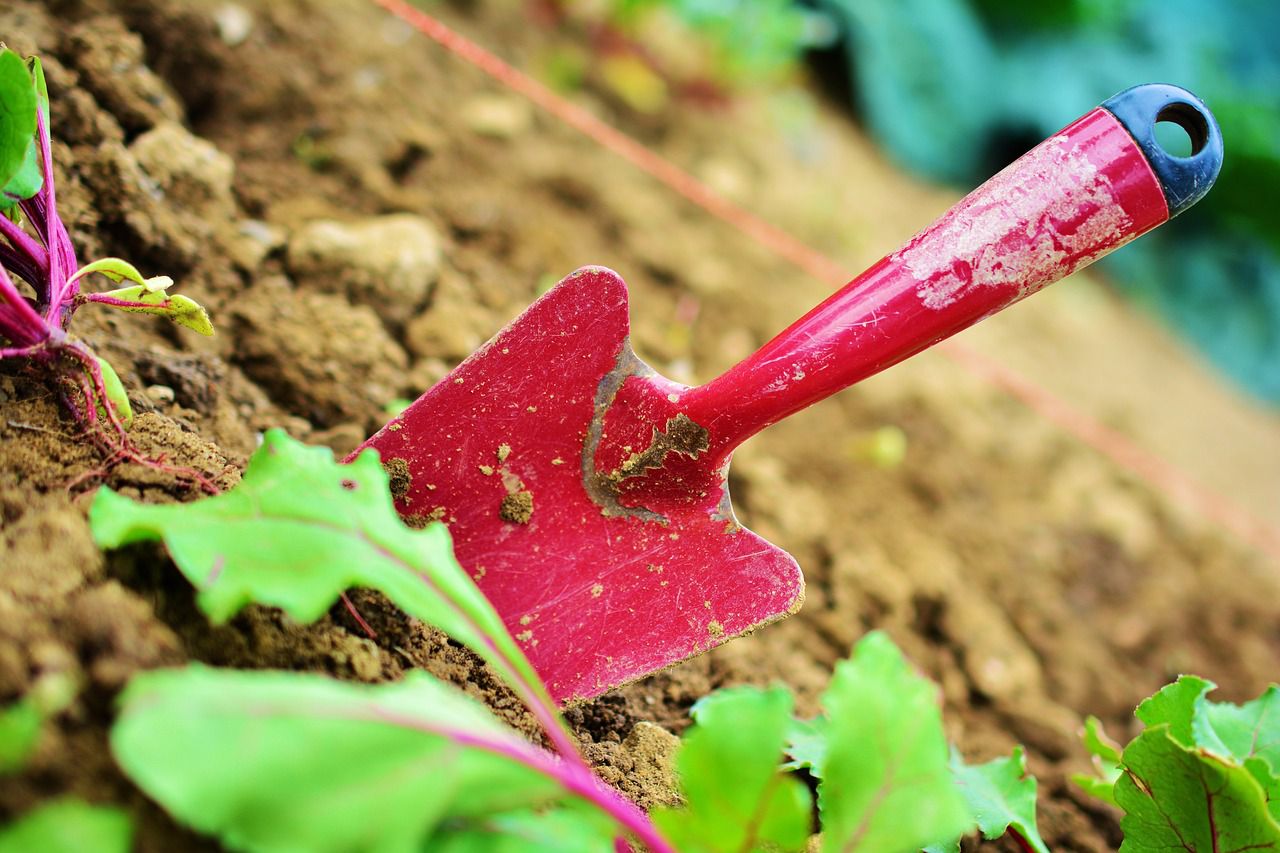Poor quality garden tools: Gardening advice
You can do gardening effectively only if your tools are good - they save you lots of time and energy, and you won't get irritated often.
Meanwhile, not all garden tools are equally great, so you should know how to spot the bad ones.
Here are a few tips on how to choose better garden tools to save your time, energy, and money as well.
Check the Material
Look at the material the tool is made of. High-quality garden tools are often made of sturdy materials like stainless steel or forged steel.
Avoid tools that are made of flimsy plastic or thin metal.

Inspect the Handle
The handle should feel solid and comfortable in your hand. If it feels weak or wobbly, it might not last long.
Look for Rust
Rust is a sign of poor-quality metal. Check for rust spots on the tool's surface, especially on blades and cutting edges.
Check for Loose Parts
Give the tool a gentle shake. If you hear rattling or notice loose parts, it could indicate poor construction.
Test the Grip
Grip the handle and see if it feels comfortable. Poor-quality tools might have rough or uncomfortable handles that can make gardening tiring.
Examine the Joints
If the tool has moving parts, like shears or pruners, check the joints. They should move smoothly without wobbling or jamming.
Read Reviews
If you're buying online, read customer reviews. They can provide insights into the tool's durability and performance.
Price
While price alone doesn't guarantee quality, extremely cheap tools are more likely to be of lower quality. Be wary of "too good to be true" deals.
Conclusion
Opt for strong materials and reliable joints, and always read reviews before boying something online.
That's how you can make sure that your gardening tools are great and long-lasting.
